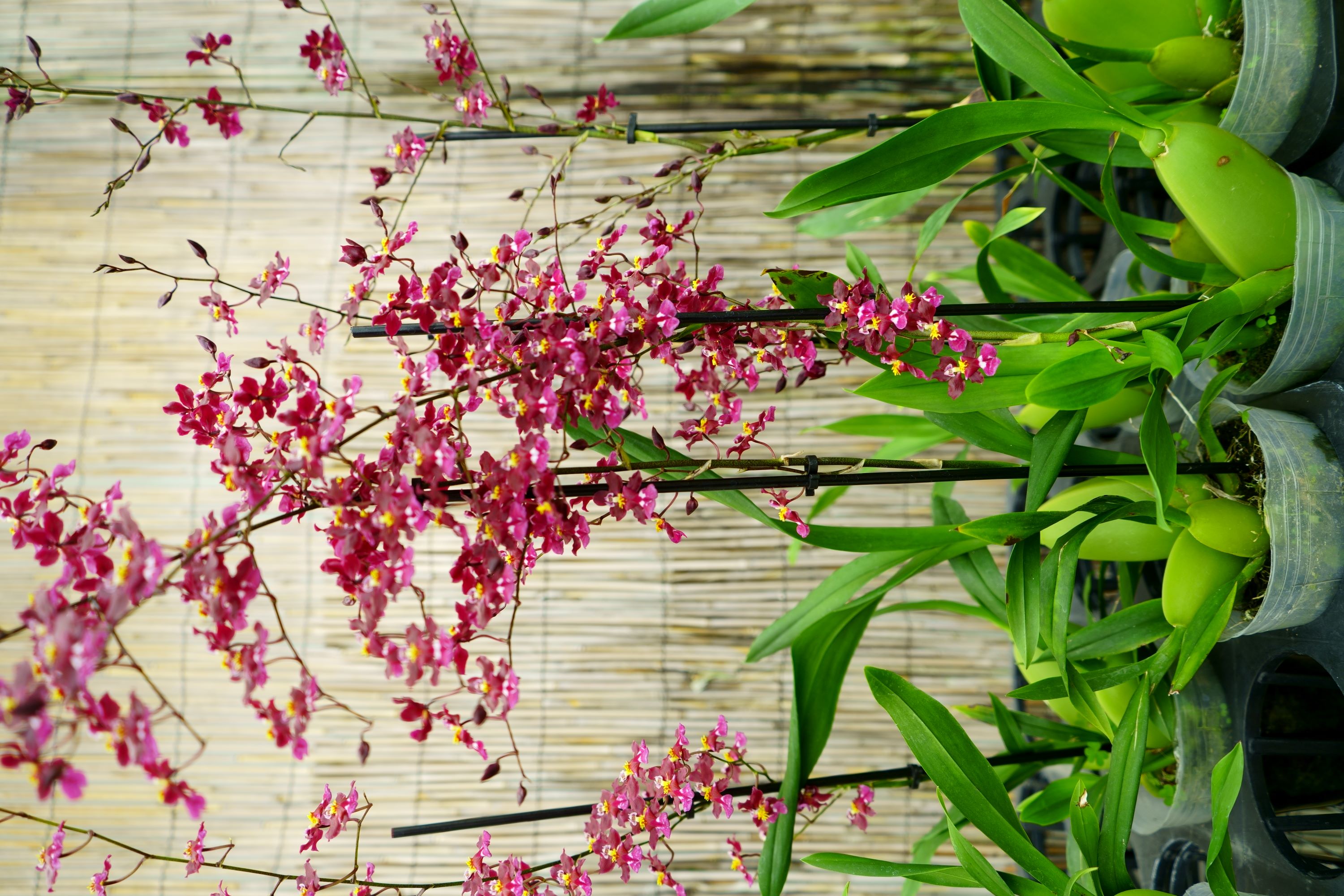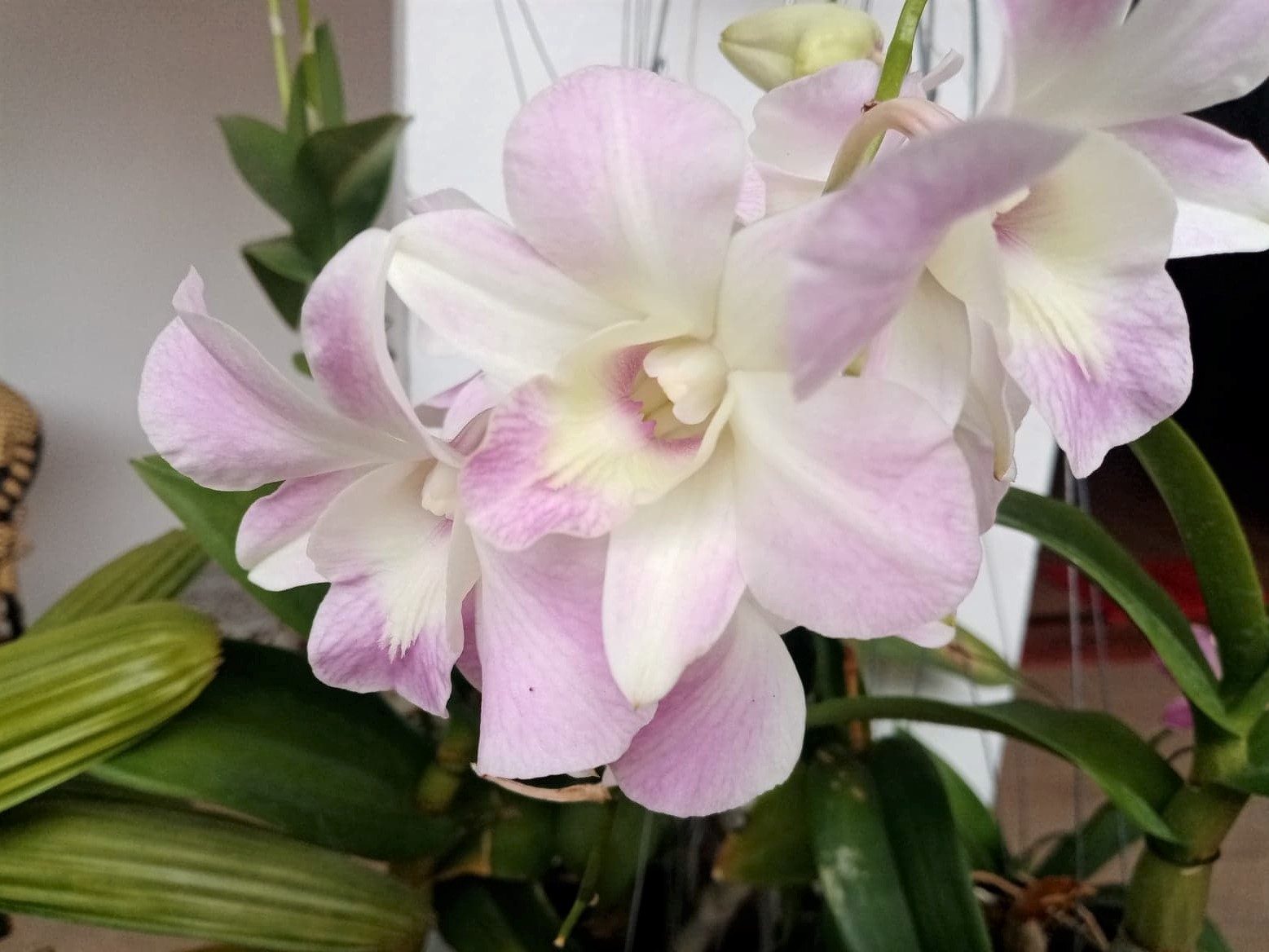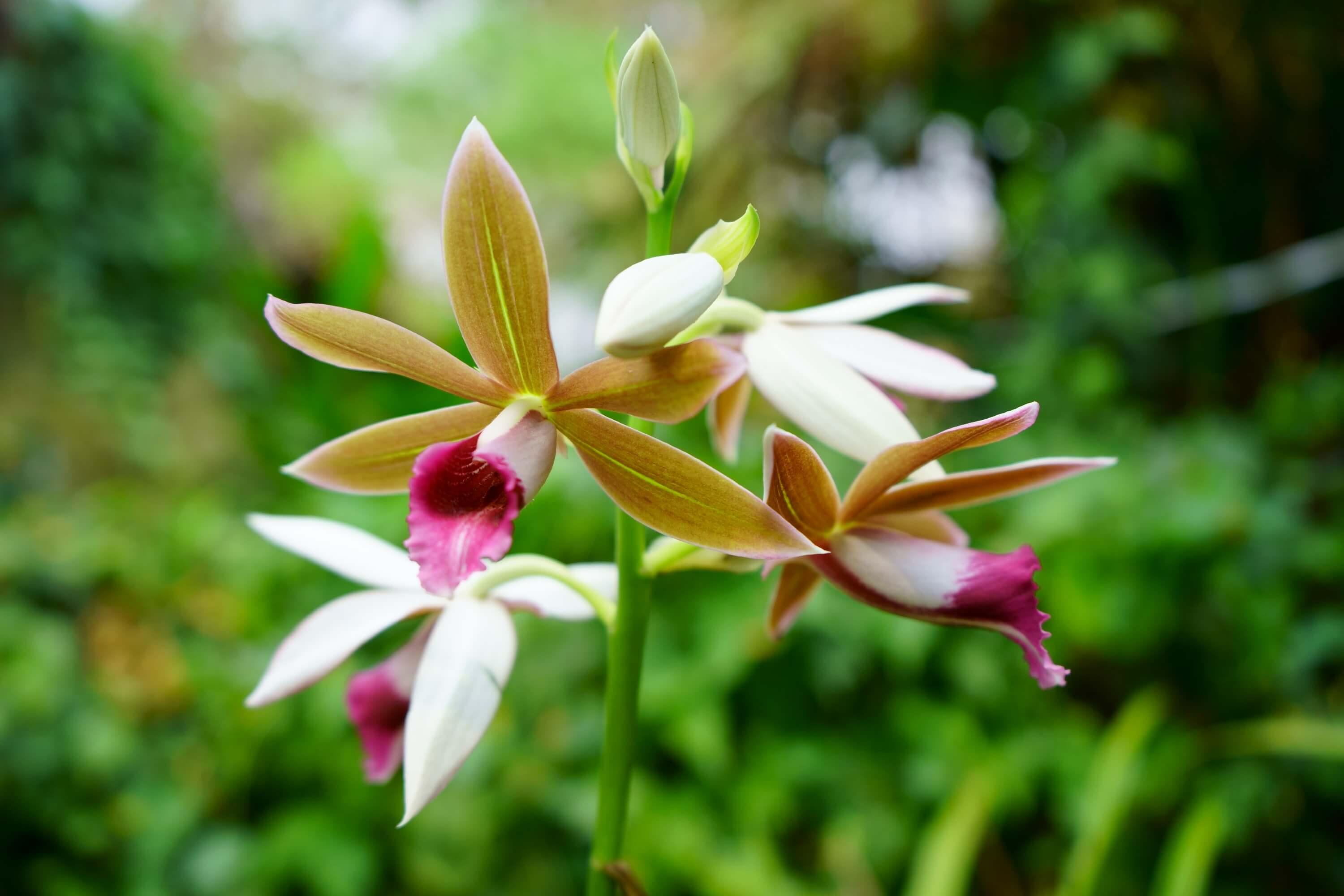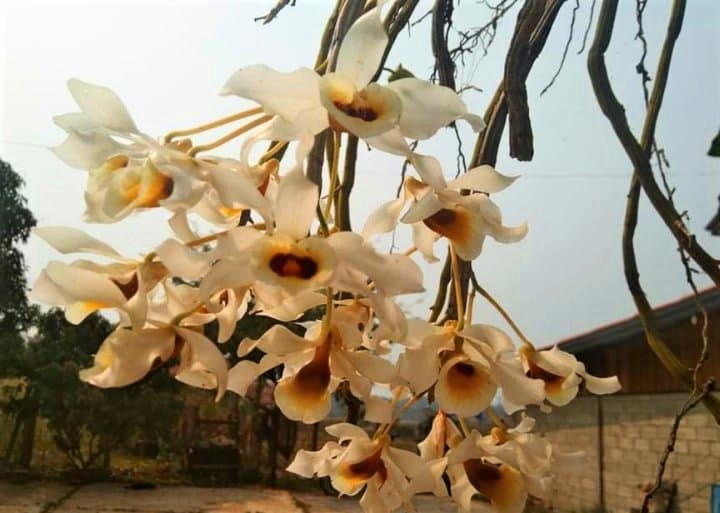Dendrobium Orchid Care
Let's talk about Dendrobium orchid care. Dendrobium orchids are a heterogeneous and captivating genus of orchids, known for their remarkable beauty and unique characteristics. With over 1,500 species found across Asia, Australia, and the Pacific Islands, Dendrobium orchids have a wide range of appearances and growing habits, from delicate and miniature to large and dramatic.
One of the most special qualities of Dendrobium orchids is their ability to adapt to a wide range of growing conditions. Some species thrive in hot, humid climates, while others prefer cooler temperatures and drier air. This versatility makes Dendrobium orchids a popular choice for both indoor and outdoor cultivation, and they can be found in a variety of settings, from homes and greenhouses to botanical gardens and nature reserves.
Dendrobium orchids are also known for their stunning flowers, which can come in a wide range of colors, including pink, purple, yellow, and white. These flowers often have intricate patterns and textures, with some species producing blooms that are fragrant and long-lasting.
With their adaptability, beauty, and unique characteristics, Dendrobium orchids are a true wonder of the plant world, offering both aesthetic appeal and the opportunity for exploration and discovery. Whether grown as a hobby or appreciated in the wild, these orchids are a true treasure. However, like all orchids, Dendrobiums require specific care and attention to thrive. Here are some tips for caring for Dendrobium orchids.

Dendrobium Orchid Care Requirements:
To care for Dendrobium orchids properly, certain conditions must be met. They require bright, indirect light and warm temperatures during the day and cooler temperatures at night. Watering should be done once a week during the growing season, and high humidity is necessary for their growth. Regular fertilization and repotting are also essential for healthy growth and flowering. Additionally, pest control is crucial to prevent infestations by common orchid pests.
Light
As with most orchids, proper Dendrobium orchid care requires bright, indirect light. Avoid direct sunlight, as this can burn the leaves and may kill your plant. Place your orchid near a window with filtered sunlight, shaded by the canopy of a tree, bush, or window blinds. If you have difficulty finding the perfect spot for your Dendrobium orchid, you can always supplement with artificial light.
Temperature
Dendrobiums prefer warm temperatures during the day (around 75-85°F), and cooler temperatures at night (around 60-65°F). Make sure to keep your orchid away from drafts or extreme temperature fluctuations, which can damage the plant. It is important to note that Dendrobium orchids are a diverse group of orchids that are found naturally in tropical and subtropical regions throughout Asia, Australia, and the Pacific Islands. These orchids are epiphytic, which means they grow on other plants, and can be found growing in trees, rocks, and other natural supports. In their native habitats, Dendrobium orchids are adapted to a wide range of climatic conditions, from hot and humid to cool and dry. Some species can be found in rainforests, while others grow in cooler mountainous regions. Dendrobium orchids have evolved to adapt to these varied conditions and are prized for their ability to grow in a variety of environments, both indoors and outdoors. Due to the wide variety of Dendrobium species, follow the growing instructions recommended by the Orchid nursery provider for your particular plant.
Watering
Watering is one of the most important aspects of Dendrobium orchid care. These plants require a consistent watering schedule, but also need to be allowed to dry out between waterings. Water your orchid once a week during the growing season, and reduce watering during the dormant season. Use room temperature water and make sure to allow excess water to drain from the pot.
Humidity
Dendrobiums require high humidity to thrive, especially during the growing season. You can increase humidity around your orchid by using a humidifier, placing the plant on a tray filled with pebbles and water, or misting the plant daily.
Fertilizing
Fertilizing is an important part of Dendrobium orchid care, as these plants require regular nutrient supplementation to support healthy growth and flowering. Dendrobiums require regular fertilization to maintain healthy growth and produce blooms. Use a balanced orchid fertilizer at least once a month during the growing season and reduce or stop fertilizing during the dormant season. We recommend using a weaker solution of fertilizer on a weekly basis and incorporating your fertilizing schedule with weekly watering. For more information on fertilizing follow the navigation links at the top of the page or click here.
Repotting
Dendrobiums should be repotted every 1-2 years, or when the potting medium has broken down or become too compact. Use a well-draining orchid mix designed for Dendrobium orchids, and make sure to keep the orchid in a pot that is only slightly larger than the previous one.
Pest Control
Dendrobiums can be susceptible to common orchid pests like mealybugs, scale insects, and spider mites. Regularly inspect your orchid for signs of pest infestation, and treat as needed with appropriate insecticides or horticultural oils.
Dendrobium orchids are a beautiful and diverse group of plants that are popular among orchid enthusiasts and collectors. With proper care, these orchids can produce stunning blooms and make for an attractive addition to any home or garden.By following these care tips, you can help your Dendrobium orchid thrive and produce beautiful blooms year after year. With patience and attention, these stunning plants can make for a rewarding and enjoyable addition to your orchid collection.


